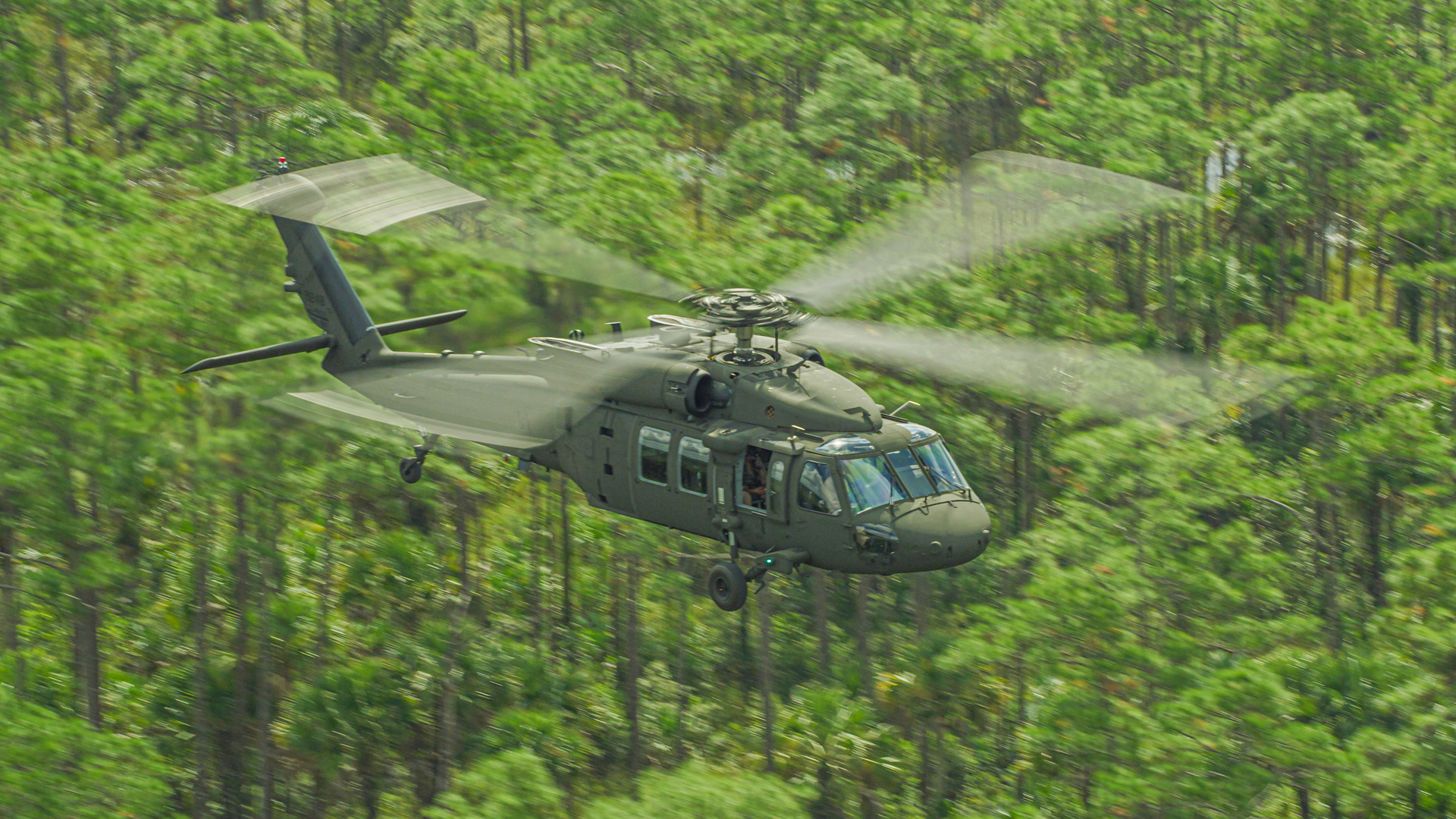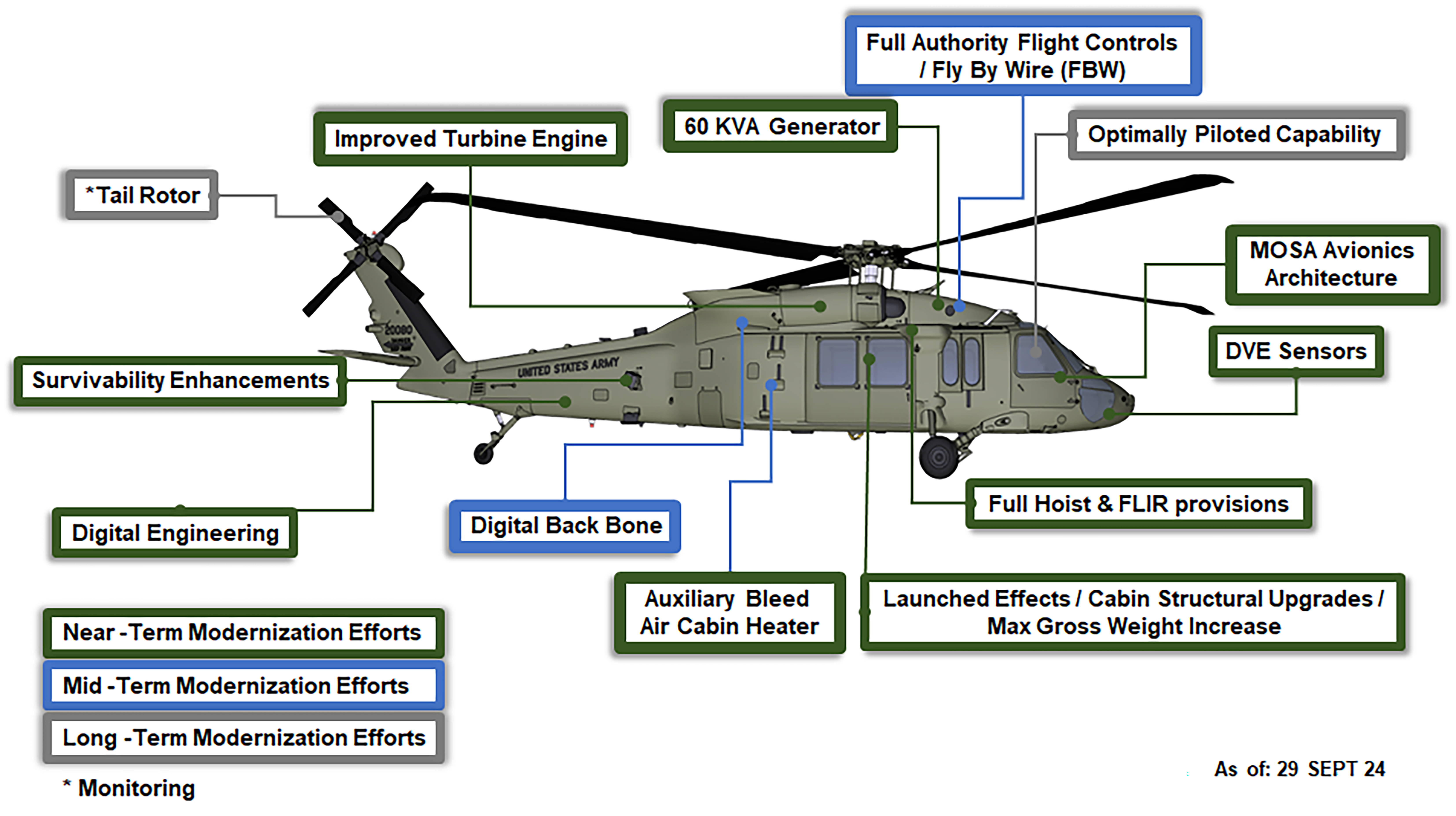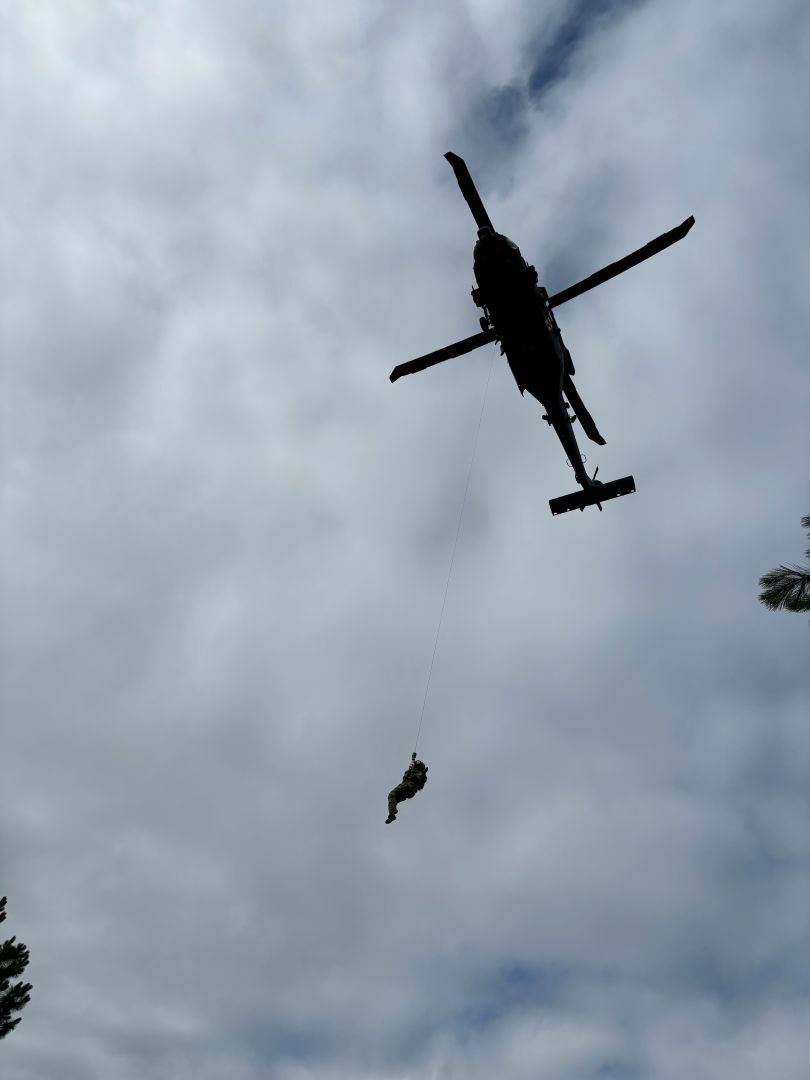
IN FULL FLIGHT
The multi-mission UH-60M Black Hawk helicopter, pictured here at the Sikorsky Development Flight Center in West Palm Beach, Florida, is more capable, more survivable, more powerful and easier to maintain than its predecessors. (Photo courtesy of Sikorsky, a Lockheed Martin company)
Modernization decisions made this decade will affect the next generation of Army aviators.
by Scott Rosengren
As a result of an Army decision made in February 2024 to rebalance the aviation portfolio, the Army will be flying Black Hawk helicopters far into the future. “Modern aviators are not just pilots; they are tactical commanders in a rapidly evolving battlespace. The cognitive load they face is immense,” said Col. Ryan Nesrsta, program manager for the Utility Helicopter Project Office (UHPO) within Program Executive Office for Aviation (PEO AVN). “Autonomous systems aim to alleviate this burden, acting as co-pilots that manage routine or time-intensive tasks—navigating difficult terrain, monitoring fuel efficiency or handling basic maneuvers—so that pilots can concentrate on mission-critical decisions.” Today, the Army must enable near-term Army Aviation support to current engagements in Europe and the Middle East, as well as possible escalation in the Far East, while also ensuring that it is “future proof” so Black Hawks can support the Army’s missions of today (2030), tomorrow (2040) and beyond (2050+).
The UHPO outlines three key areas of Black Hawk modernization:
• Targeted modernization to meet the needs of today’s Army, highlighted by adding structural improvements for launched effects capability;
• Payload and range improvements and a Modular Open Systems Approach (MOSA) to cockpit avionics to allow rapid insertion of increased capability to tomorrow’s warfighters.
• Risk reduction in fly-by-wire (FBW), autonomy and artificial intelligence (AI) and sensor fusion to allow optimally piloted capability (OPC) across the Army aviation enterprise.

FUTURE PROOF
These are the near-, mid- and long-term modernization priorities that the UHPO has set for the Black Hawk helicopter as of Sept. 29, 2024. (Graphic by Scott Rosengren, UHPO)
TARGETED MODERNIZATION FOR THE ARMY OF 2030
A key takeaway from the current wars in Europe and the Middle East is that launched effects (LEs)—drones launched from aerial or ground assets in combat—employed en masse will overwhelm the enemy and traditional defense systems. The Army aviation enterprise is working both near- and mid-term solutions (as shown at recent EDGE and Project Convergence events) to allow ground and air forces to seamlessly deploy and employ LEs in increasingly effective and lethal ways. In support of this effort, the Army is improving the Black Hawk to deploy LEs. The structural improvements on the Black Hawk will increase the maximum gross takeoff weight of the aircraft. The increased maximum gross takeoff weight will allow the Black Hawk to carry LEs to be deployed against the adversary. This increase, combined with advancements in composite materials, allows battlefield commanders to gain and maintain overmatch in today’s wars, not only in the emerging use of LEs but also in more effective traditional Black Hawk missions.
PAYLOAD AND RANGE IMPROVEMENTS FOR THE ARMY OF 2040
The foundation of Black Hawk modernization is the T901 engine. The T901 achieves a 50% power growth to 3,000 shaft horsepower over the current T700 engine. This increased power will improve the Black Hawk’s ability to operate in extreme weather and battlefield conditions worldwide for generations to come. This power growth also comes with a reduction in specific fuel consumption, which will extend the reach of the Black Hawk. The first Black Hawk aircraft test flight with the T901 engine is scheduled for early 2025 in West Palm Beach, Florida.
The UHPO is implementing agile software development and MOSA through avionics obsolescence mitigation to enable industry competition with reusable software “apps” for multiple Army aviation platforms. Industry partners will submit “apps” to an Army aviation “app store” to create a combined Black Hawk Operational Flight Program (OFP)—the software portion of the MOSA cockpit in the Black Hawk. When deemed sufficiently mature, the combined OFP will undergo independent verification and validation by the Original Equipment Manufacturer, followed by system-level flight testing by the U.S. Army to ensure it achieves the desired functionality and maintains airworthiness. These events will enable internal and external stakeholders to evaluate the maturity and benefits of the combined OFP available for quarterly releases to the Black Hawk fleet.

UP, UP AND AWAY
Members of the UHPO Medevac team engaged in hoist training with Combat Aviation Brigade, 3rd Infantry Division, on June 17, 2024. (Photo by William “Lee” Suggs, UHPO)
RISK REDUCTION FOR THE ARMY OF 2050
Two key risk reduction areas for both future and enduring fleet OPC-enabled pilot workload reduction are integration of autonomy and AI into FBW avionics software and hardware and improvements in sensor data fusion reliability and availability. AI will be seamlessly integrated into aviate and navigate functions to reduce pilot workload and allow for additional duties to be performed safely by the Soldier aviators. The OPC-enabled pilot workload reductions are any improvements to the operation of the Black Hawk that reduce the mental and physical tasks of the aviator. A helicopter that contains FBW avionics software and hardware has removed the hydraulics-based control of the swashplate (a device that controls the angle of the rotor blades) and rotor blades and replaced it with electromagnetic actuation of the control mechanisms. Sensor data fusion reliability and availability are necessary to use in aviation-related pilotage applications, such as automated guidance and landing determination (i.e., how iPhones are used for navigation and parking). Enterprise technology enablers, such as electronic circuit breakers (ECBs), will allow automated emergency procedures and algorithms—like Mission Adaptive Autonomy (MAA) using AI and sensor fusion—to determine how to safely fly an aircraft from takeoff to landing. Prototype Black Hawks have demonstrated both ECBs and MAA. Strategic investment today in enterprise-FBW and autonomy using the Black Hawk for risk reduction activities is crucial to enabling OPC in both the future and enduring Army aviation fleets.
CONCLUSION
There are multiple areas of modernization the Black Hawk will pursue. Each of these modernization efforts have different time horizons, but all are essential to enable the Future Aviation Tactical Environment (FATE) warfighting concept of operations (CONOPS) being finalized by the Army Futures Command. To fully support the FATE CONOPS, enduring fleet platforms, such as the Black Hawk, are vital to ensure the Army can fight and win our nations’ wars today, tomorrow and in the future. All in all, the Black Hawk will serve for decades to come, and this decade will be decisive for Black Hawk modernization as the decisions made will affect the next generation of Army aviators.
For more information, contact Scott Rosengren at scott.c.rosengren.civ@army.mil.
SCOTT ROSENGREN is the chief engineer of UHPO in PEO AVN. He holds an M.S. in electrical engineering and a B.S. in physics, both from the University of Florida. He is a DAWIA Certified Practitioner in engineering and technical management.







